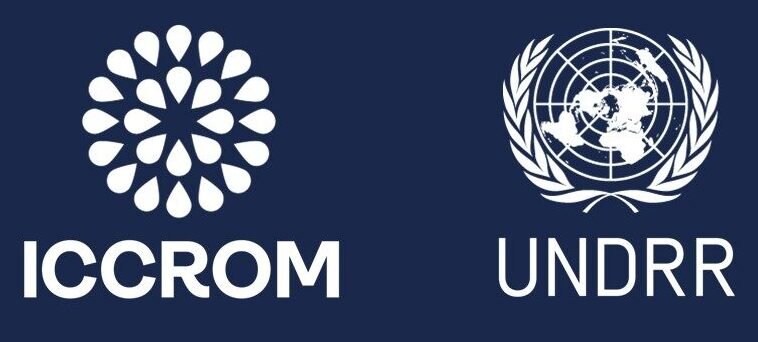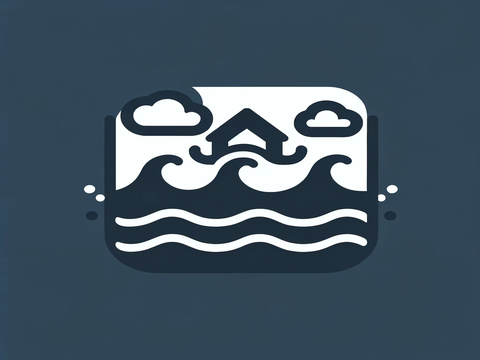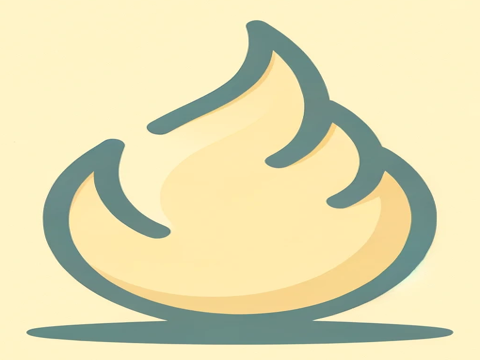Earthquake
An earthquake is a sudden shaking of the ground caused by the release of energy in the Earth’s crust, which creates seismic waves that travel through the rocks. Earthquakes can cause damage to buildings, infrastructure, and human lives, especially if they occur near populated areas. Earthquakes are most common along the boundaries of tectonic plates, which are large pieces of the Earth’s crust that move relative to each other.

Types of Earthquakes
Tectonic earthquakes
that are caused by the movement of the Earth’s plates. They are the most common and powerful type of earthquakes.
Volcanic earthquakes
are caused by the movement of magma beneath the Earth’s surface. They occur in conjunction with volcanic activity.
Collapse earthquakes
are caused by the subterranean collapse of caverns or mines. They are smaller-scale earthquakes that result from the seismic waves produced by the explosion of rock on the surface or by massive landslides.
Explosion earthquakes
are caused by underground explosions of nuclear or chemical devices. They are artificial earthquakes that can have devastating effects on the environment and human health.
Secondary hazards
Examples of Traditional/Indigenous knowledge
- Building houses with natural materials that are flexible, lightweight, and easy to repair, such as wood, bamboo, mud, grass, and stone. These materials can absorb the shock of seismic waves and prevent collapse. For example, the Ifugao people of the Philippines build their houses on stilts, which allows them to sway during an earthquake and protect them from floods (Rosalie C. Mendoza & all, 2022).
- The Nubian people of Sudan and Egypt build their houses in clusters, with thick walls and small windows, which reduce the impact of earthquakes and also provide insulation from the heat (Ngugi, 2017).

- The Maori people of New Zealand believe that earthquakes are caused by the movements of Ruaumoko, the god of volcanoes and earthquakes, who is restless in his mother’s womb. They perform rituals and prayers to appease him and ask for protection (McSaveney, 2023).
- The Haida people of Canada have legends and carvings that depict the great earthquakes and tsunamis that have occurred in their history, and how they survived them.
- The Bhutanese people have songs and dances that celebrate their resilience and solidarity in the face of earthquakes and other disasters (Harris, Lyon, & Wangmo., 2019).
References
Britannica, The Editors of Encyclopaedia. “Indian Ocean tsunami of 2004”. Encyclopedia Britannica, 28 Dec. 2023, https://www.britannica.com/event/Indian-Ocean-tsunami-of-2004. Accessed 28 February 2024.
McSaveney, E. (2023). Historic earthquakes – Earthquakes in Māori tradition. Retrieved from https://teara.govt.nz/en/historic-earthquakes/page-1
Ngugi, F. (2017). NGO Introduces Ancient Nubian Vault Homes To Save Environment in West Africa. Retrieved from https://face2faceafrica.com/article/nubian-vault
Rafferty, J. P. (2021, November 16). soil liquefaction. Retrieved from Encyclopedia Britannica: https://www.britannica.com/science/soil-liquefaction
Rosalie C. Mendoza, A. D., & all, e. (2022). International Journal of Wood Culture. Retrieved from BRILL: https://brill.com/view/journals/ijwc/2/1-3/article-p53_4.xml
TestbookEdu . (2014). Classification of Earthquakes: Tectonic, Volcanic, Explosion, Collapse. Retrieved from https://testbook.com/ias-preparation/classification-of-earthquakes
https://researchprofiles.herts.ac.uk/files/16614201/Anticipating_the_impact_of_an_Earthquake_in_Bhutan.pdf




